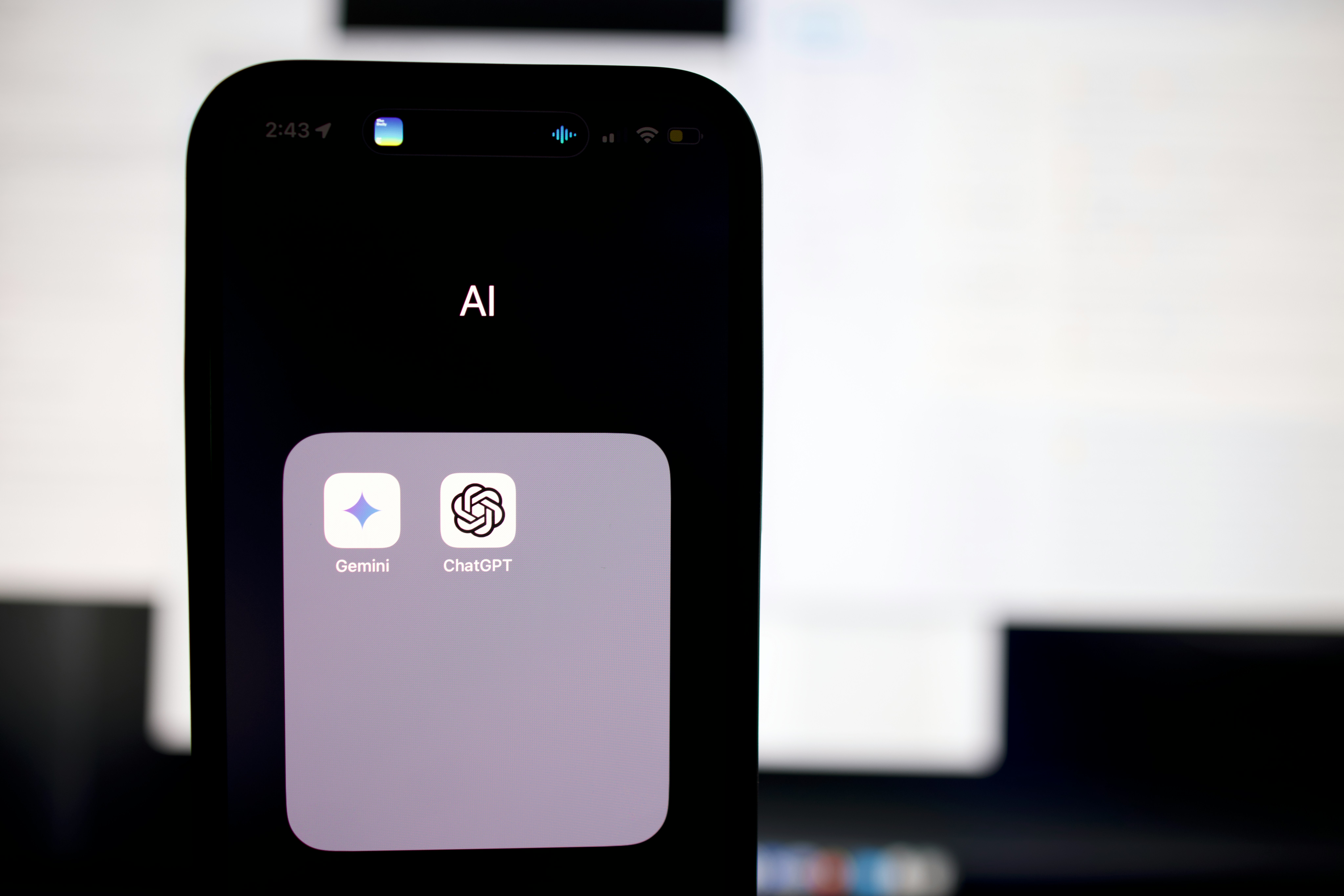Blog
Generative AI has been the ‘hot trend’ of the year, with 87% of companies surveyed by Bain & Company reporting that they are developing generative AI applications. Generative AI refers to a class of artificial intelligence systems designed to create new content—such as text, images, music, or code—by learning patterns from existing data. Common examples of generative AI include ChatGPT and even certain TikTok filters and effects.
Unlike traditional AI, which typically performs classification, prediction, or decision-making tasks, generative AI focuses on producing outputs that are similar to, but distinct from, the data on which it has been trained.
With the growing pressure on organisations to adopt and develop generative AI technology, some less-than-impressive creations have inevitably made their way into the public eye. Below are a few standout examples from recent years:
Recipe for Disaster
New Zealand supermarket Pak ‘n’ Save launched Savey Meal-bot, an AI tool designed to create recipes based on a user’s shopping list. The goal was to help customers reduce food waste and find creative uses for leftovers—though “creative” might be an understatement. Outputs included dishes like “Oreo vegetable stir-fry,” “bleach-infused rice surprise,” and an “aromatic water mix” that was, in fact, chlorine gas.
Always Double-Check Your Work
Two lawyers found themselves in hot water after using ChatGPT to draft a legal brief for a personal injury claim. Unfortunately for them, many of the citations the AI provided were either incorrect or entirely fabricated—something that only came to light after the brief had been submitted to a judge.
Need a hand with that?
AI’s struggles with generating realistic images of people—particularly hands—are an ongoing challenge. Some argue this is due to limited data; photos tend to include fewer clear images of hands compared to faces, and those that do are highly nuanced. As a result, AI models often lack the data needed to accurately learn how to render them.
The Willy Wonky Experience
In February 2024, an unlicensed two-day “Willy Wonka Experience” was held in Glasgow, with tickets costing £35 each. Some families even drove hours to attend this supposed “celebration of chocolate.” Unfortunately, not only were the images used on the event’s website clearly AI-generated, but the event itself was such a disappointment that the police were called. The experience was ultimately cancelled after half a day, with full refunds promised. This serves as a reminder not just about the risks of false advertising with AI, but also about the importance of delivering a product that truly delights your customers.
Not all doom and gloom
While we’ve seen a fair share of generative AI ‘fails’ spread across the internet this year, for every public misstep, there are many more technologies that don’t even make it past the experimental stage. As with any scientific exploration, failure is rarely a true failure—each iteration brings valuable insights and sometimes leads to solutions you weren’t even looking for (Penicillin, anyone?).
It’s also important to remember that there are no magic bullets when it comes to AI. Few, if any, artificial intelligence systems succeed without human intervention or oversight, and not all AI will be relevant to your business. Just because you can use a technology doesn’t mean you should.
That said, this isn’t a cautionary tale. Technological advancements have created incredible opportunities for SMEs that were once only available to large enterprises. This is why finding the right technology partners is so crucial—they can help you understand the opportunities and limitations of different technologies and determine what is best for your business’s specific needs.
Learn more about how TUBR can work with your team to help grow your business here.
